GYPSUM AND CEMENTITIOUS
▪▪ Nailed base sheet and cap felt sheet in asphalt with glaze coat (see photo 6)
▪▪ Nailed base sheet and smoothsurfaced modified sheet in hot asphalt and torch-applied
▪▪ Nailed base sheet, adhesive and self-adhering membrane
▪▪ Fleece-back EPDM in full-coverage spray-foam adhesive
WOOD
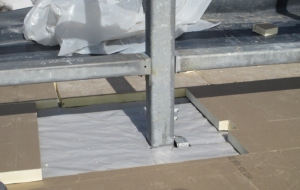
PHOTO 5: Sealing penetrations and lap joints can be challenges of polyethylene vapor retarders, especially over corrugated metal roof deck if sheet-metal backing is not specified.
▪▪ Nailed base sheet and cap felt sheet in asphalt with glaze coat
▪▪ Nailed base sheet and smooth-surfaced modified sheet in hot asphalt and torch-applied
▪▪ Nailed base sheet, adhesive and self-adhering membrane
▪▪ Self-adhering direct to deck
▪▪ Substrate board with
• Asphaltic two ply
• Modified bitumen
• Adhesive and self-adhering membrane
It is important for the designer to consider and then design how the vapor retarder will seal penetrations and transitions, as well as integrate with wall air barriers. For this reason, I like— and most contractors prefer—to work with a flexible membrane, such as EPDM, that comes with prefabricated components, like premolded boots and corners, for integration.
VAPOR RETARDER SELECTION
The determination and selection of a vapor retarder is the responsibility of the licensed design professional. Currently, there is no consensus of widely accepted guidelines for determining whether a vapor retarder for low-slope roof systems should be included in the roof system design. Atlanta-based ASHRAE used to provide some specific guidelines but no longer does. The Rosemont, Ill.-based NRCA has some general guidelines and suggests a mechanical engineer may be able to help.
Any guidelines currently available deal only with a building’s end use, which I believe is shortsighted and in error. I have personally observed roof systems severely compromised prior to the building occupancy because the designer did not understand or consider building-construction sequencing or the true nature of the building’s internal temperature, relative-humidity (percent) and actual moisture content. As I mentioned, when the completed roof is being used as a work surface for façade work, physical damage is often the result and could have been avoided with a robust vapor retarder serving also as a temporary roof.
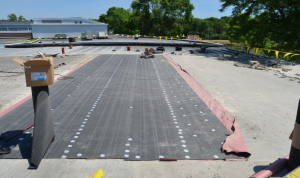
PHOTO 6: Rosin paper and base sheet are being nailed to a gypsum deck. A second ply of roofing felt set in hot asphalt with a glaze coat of asphalt will complete the vapor retarder system.
So the next time you design a roof system, think about the entire life of the roof, the time of construction, the interior building materials, the work sequencing, commissioning and the final use in the determination of whether a vapor retarder should be designed into the roof system. I think you will be surprised now at what your decision will be.
More about Vapor Retarders
PHOTOS: Hutchinson Design Group Ltd.

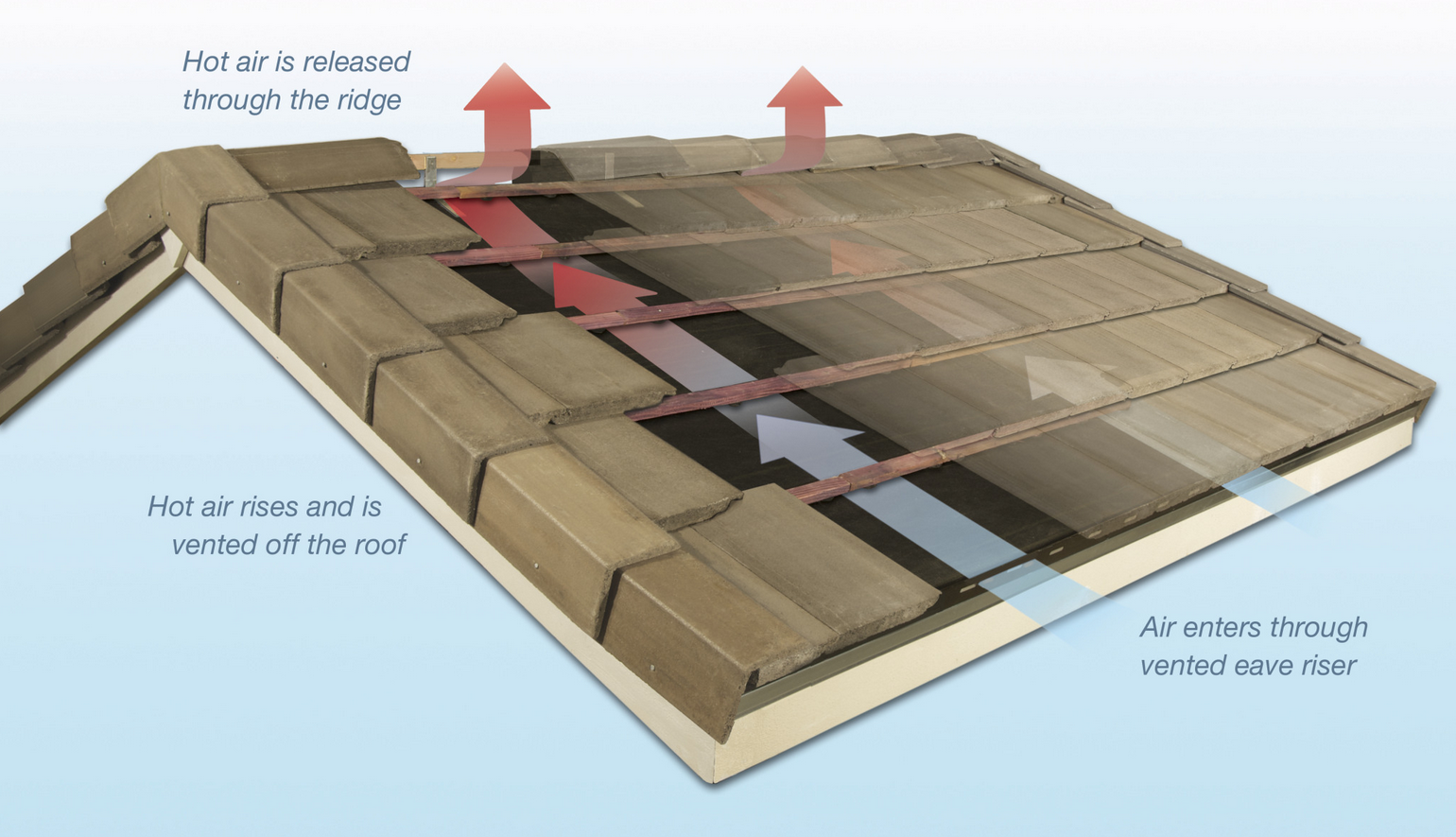

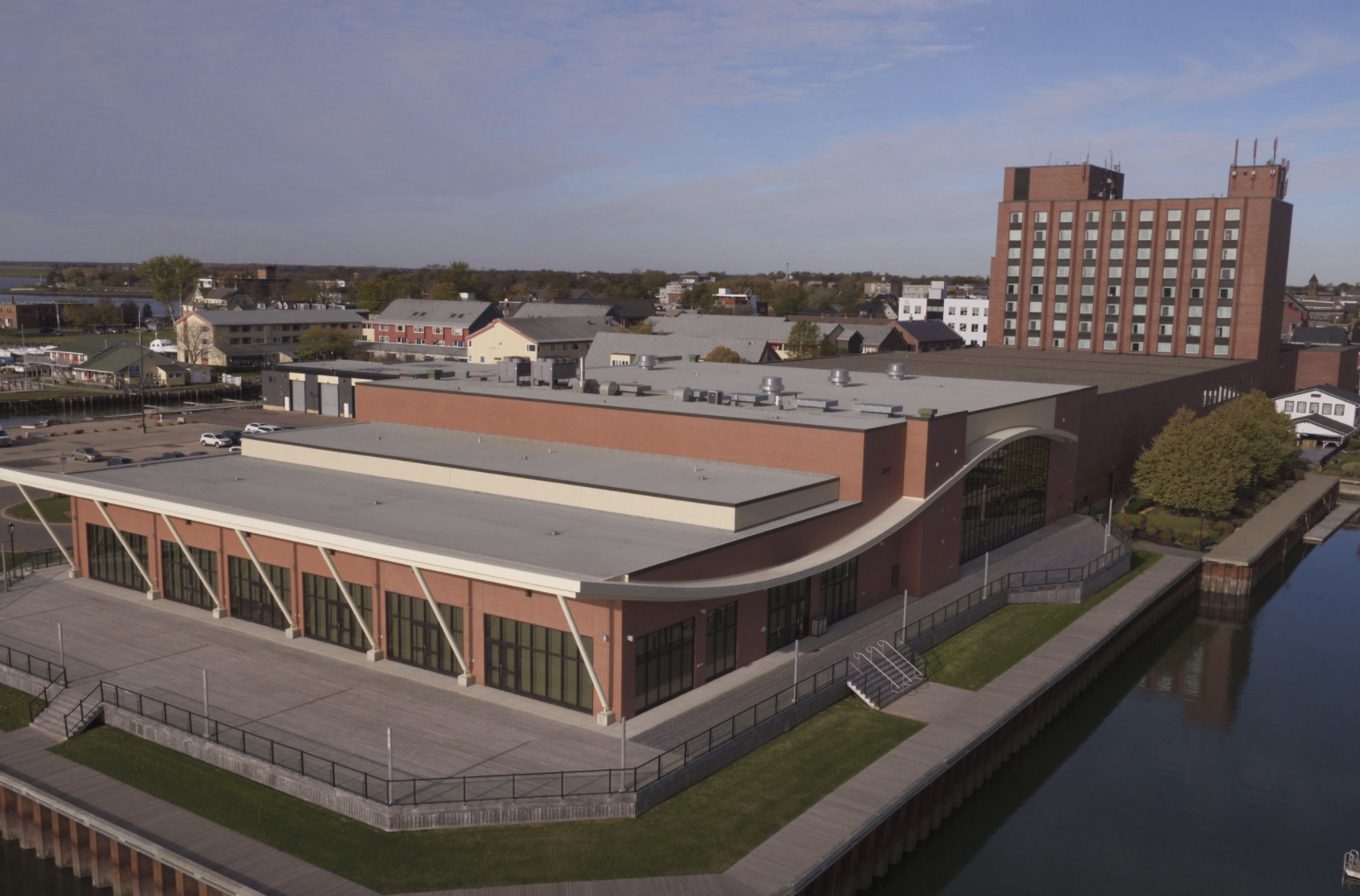
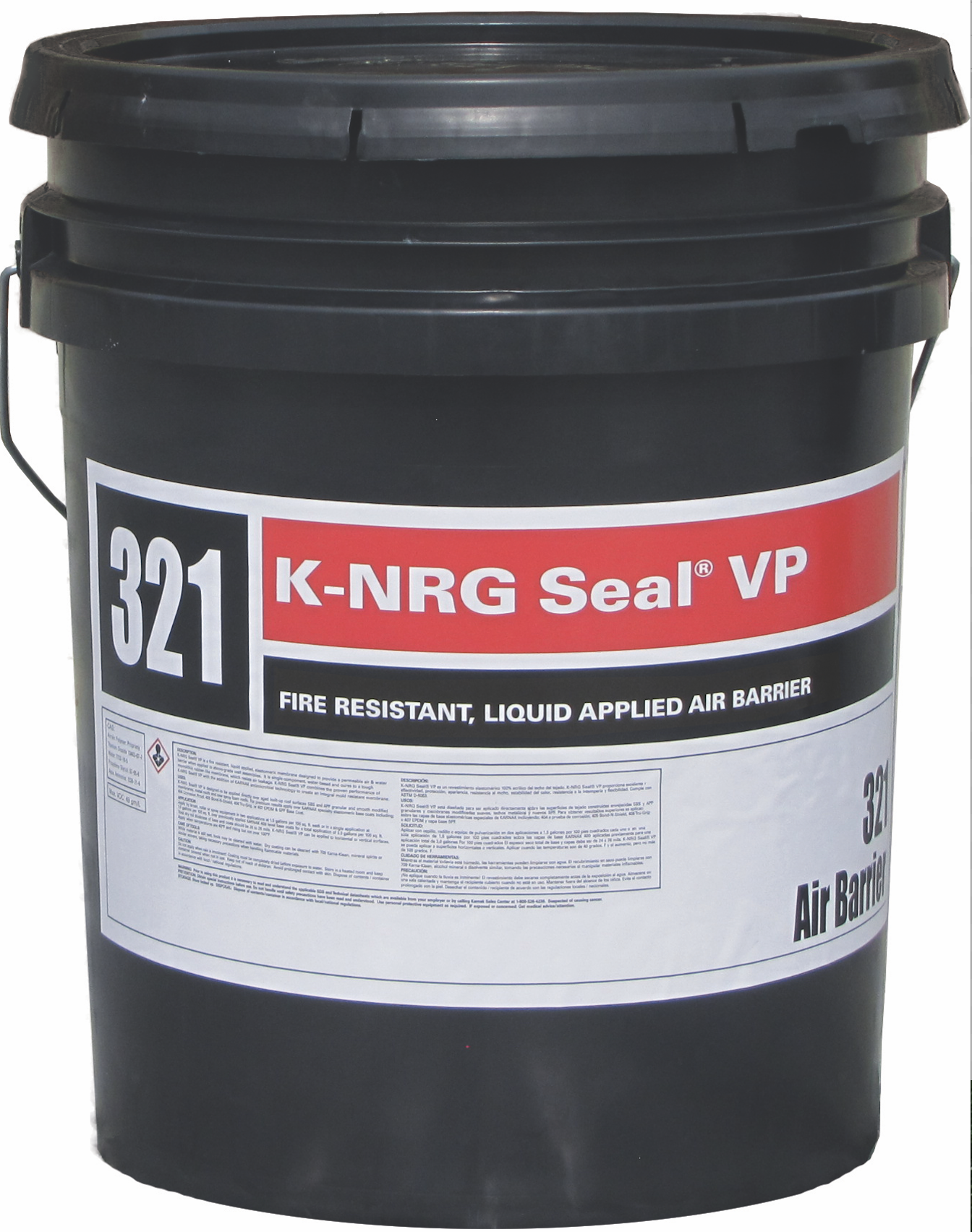
Be the first to comment on "Vapor Retarders"